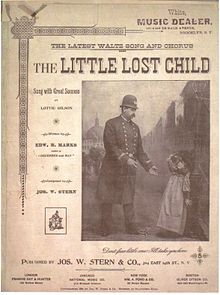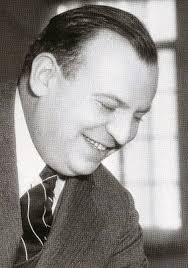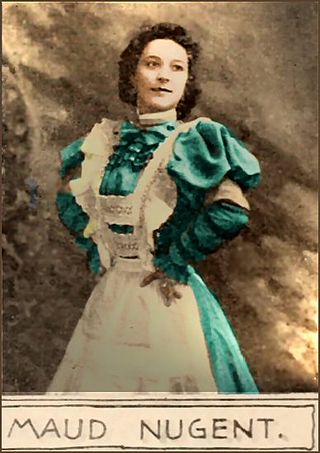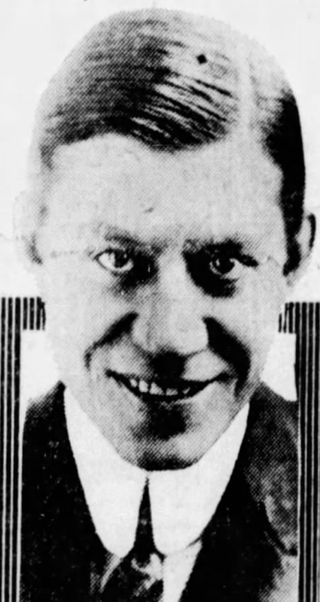| "The Little Lost Child" | |
|---|---|
 Sheet music cover page | |
| Song | |
| Published | 1894 |
| Genre | Popular music |
| Composer(s) | Joseph W. Stern |
| Lyricist(s) | Edward B. Marks |


"The Little Lost Child" is a popular song of 1894 by Edward B. Marks and Joseph W. Stern, with between one and two million copies in sheet music sales. [2] Also known after its first three words as "A Passing Policeman", [3] it is usually considered to have been the first work promoted as an illustrated song (an early precursor of the music video). [4] [5] [6] [7] The song's success has also been credited to its performance by Lottie Gilson and Della Fox. [8]
Contents
Marks was a button salesman who wrote rhymes and verse, and Stern, a necktie salesman who played the piano and wrote tunes. Together they formed a music publishing house called Joseph W. Stern & Co. and became an important part of the Tin Pan Alley sheet music publishing scene. [1] [4] [5] [9] The lyrics, written by Marks and based on a newspaper report, [2] concern a lost little girl found by a policeman, who is then reunited with his estranged wife after it transpires that he is the girl's father. Stern wrote the music for piano and vocals. Joseph W. Stern & Co. "started their career in a little basement at 314 East Fourteenth Street with a 30-cent sign and a $1 letterbox, which to say the least was not large capital even in those days..." [1]
The promoting innovation that made "The Little Lost Child" significant to cultural history was an idea in the mind of George H. Thomas even earlier, in 1892. A production of The Old Homestead at Brooklyn's Amphion Theater, where Thomas was chief electrician, featured the song "Where Is My Wandering Boy Tonight?" illustrated by a single slide of a young man in a saloon. Thomas's idea was to combine a series of images (using a stereopticon) to show a narrative while it was being sung. He approached Stern and Marks about illustrating "The Little Lost Child." [10] With 10 slides on which the lyrics were reproduced, the first performance took place at the Grand Opera House in Manhattan, during the intermission of a Primrose and West minstrel show. [11] [12] Initially, the images were displayed upside-down, but once projectionist had corrected this error, the event was an immediate success. The illustrated song technique proved so enduring it was still being used to sell songs before movies and during reel changes in movie theaters as recently as 1937, when some color movies had already begun to appear. [10] [11]
"The Little Lost Child" was the first of several hit songs Marks and Stern wrote together as well as the first of several their company published, but it became a true sensation and was well-remembered several decades later. [1] Billboard magazine noted the song's importance in their "honor roll" in 1949. [13]













